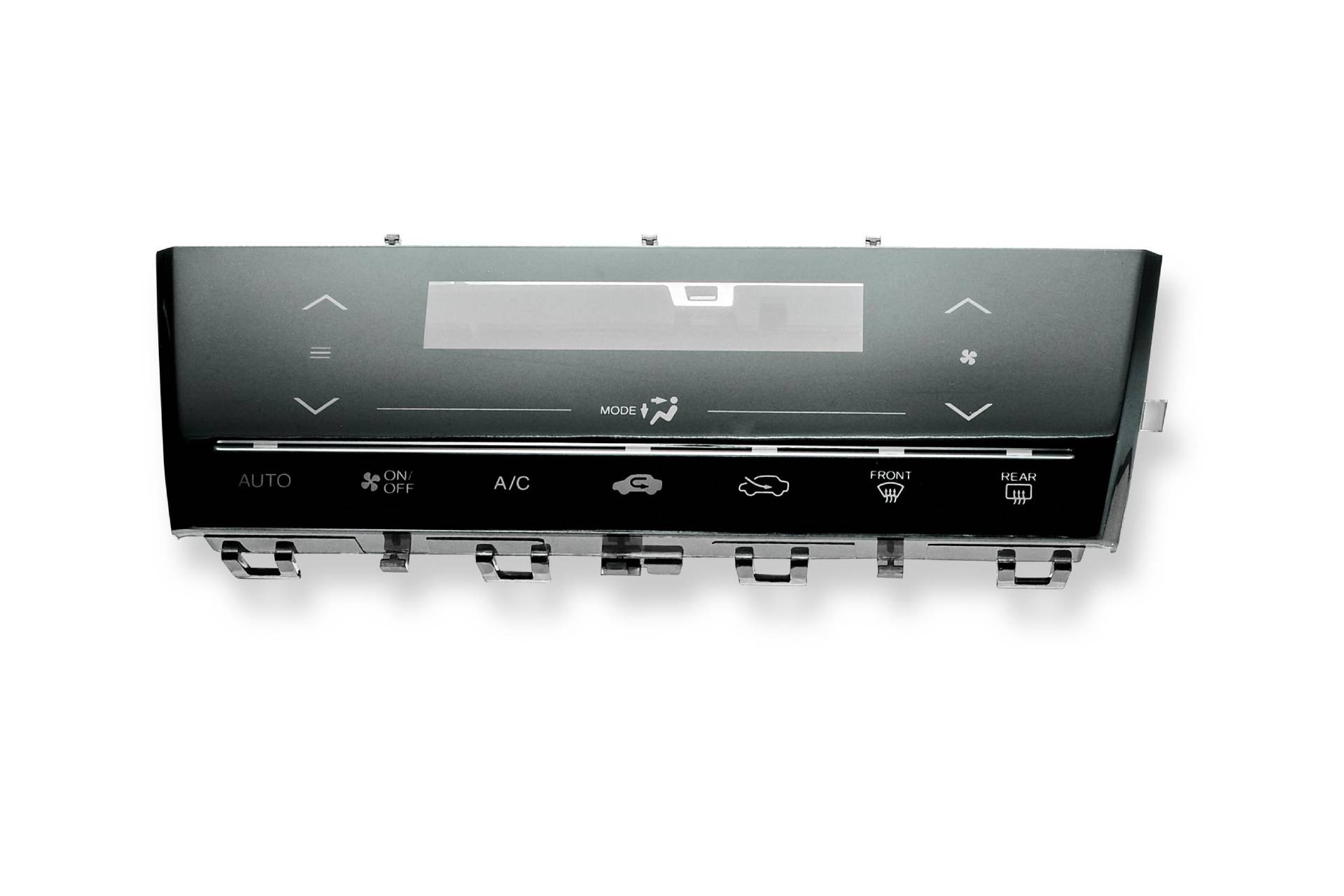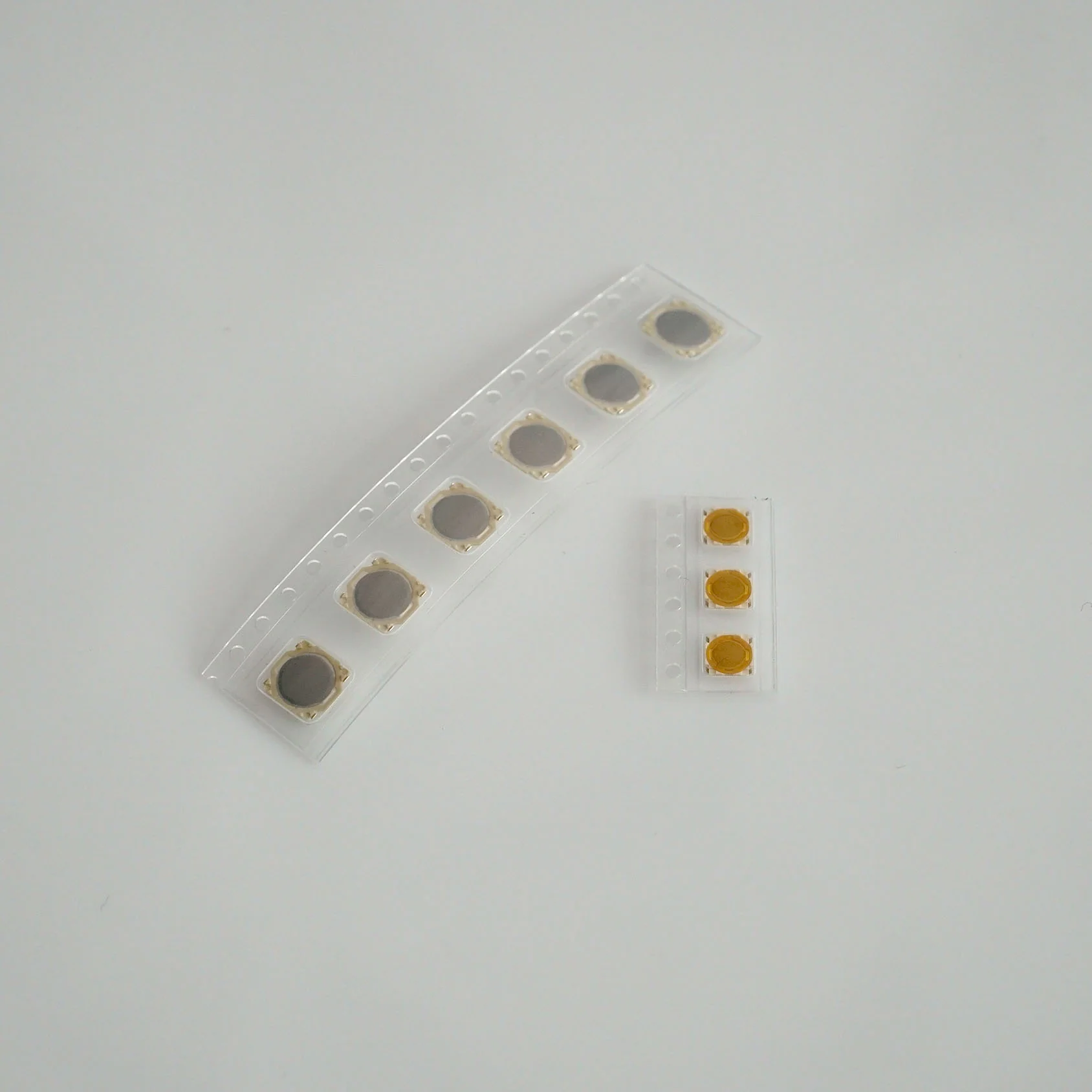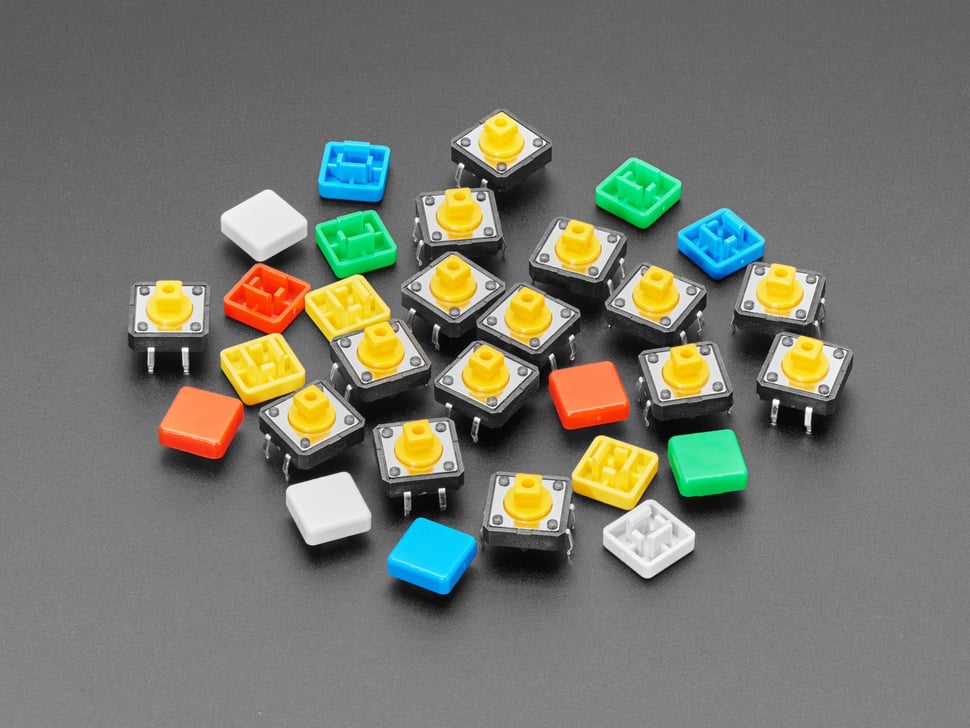If you enjoy a gentle feedback while typing, tactile switches are a great choice.
Comprehending the Benefits of Tactile Switches Over for Boosted Customer Experience
Tactile buttons are integral to modern individual interfaces, providing physical comments that enhances interaction precision and customer complete satisfaction. These devices are particularly important in settings where speed and precision are extremely important, such as in video gaming or expert settings. By using a distinctive feeling upon activation, responsive switches validate user inputs without the requirement to draw away visual focus, enhancing job implementation and reducing error prices. This blend of immediate physical action and integrity welcomes additional expedition right into their more comprehensive effects and advantages.
Discovering the Mechanics of Tactile Switches
To recognize just how tactile buttons improve individual experience, it is necessary to look into their mechanics. Tactile buttons operate with a device that customers can feel and listen to when a secret is pushed. This is achieved by integrating a tiny dome or bump within the button, which produces resistance at a specific point in the keypress pathway. As soon as this point is exceeded, the resistance paves the way, producing an obvious 'click.' This physical experience is critical as it offers instant physical comments to the user, verifying that the input has actually been made without needing to trigger the switch entirely.
The building of these buttons varies, however common materials include steel for the contacts and rubber or silicone for the tactile dome - tactile switches. These components are crafted to stand up to millions of cycles, making certain sturdiness and constant performance over time. This integrity makes tactile switches particularly preferred in environments that demand quick, specific individual input
How Tactile Responses Improves Precision and Rate
Lots of customers find that tactile comments from buttons substantially enhances both the accuracy and speed of their communications with devices. The distinctive physical feeling provided when a responsive button is activated allows individuals to verify their input without requiring to double-check aesthetically. This confirmation is crucial in atmospheres where focus is split throughout several tasks, as it guarantees inputs are both deliberate and right.
Furthermore, the instant responses from responsive buttons decreases the moment taken between activities. Customers do not need to push secrets several times to make certain activation, resulting in quicker reaction times. This effectiveness is particularly useful in high-speed typing scenarios where each millisecond can add to linked here general efficiency.

Moreover, the enhanced sensory experience reduces customer fatigue and raises engagement, making interactions much more user-friendly and much less susceptible to mistakes - tactile switches. Thus, tactile buttons not only improve the performance of a tool but likewise contribute to a much more gratifying user experience
The Role of Tactile Switches Over in Video Gaming Efficiency

Additionally, responsive switches add to faster response times. The physical feeling confirms the essential press without the demand to bad the secrets, making it possible for quicker inputs and a smoother pc gaming experience. This is especially valuable in games that demand fast and repeated keystrokes, where speed is usually as essential as accuracy.

Responsive Switches in Expert Settings
Tactile buttons are similarly transformative in specialist environments, where performance and ergonomic style enhance efficiency. These switches, typically located in high-precision key-boards, are valued for their receptive comments. When pressed, they offer a visible bump midway with the keypress, confirming activation without the demand for complete travel. This function allows experts such as typists, programmers, and information entry clerks to enhance keying rate and precision, reducing the danger of errors and the pressure connected with prolonged key-board usage.
In setups like look at this website control spaces or studios, responsive switches are incorporated into tools for their trustworthy performance. They supply operators the assurance required in high-stakes environments, ensuring that every command or modification is performed as meant. This dependability, combined with the responsive response, helps preserve high degrees of concentration and operational efficiency, essential in keeping process and meeting expert criteria.
Contrasting Tactile and Non-Tactile Individual Interfaces
Just how do tactile customer interfaces contrast to their non-tactile counterparts? Tactile interfaces, such as those with physical buttons or textured surfaces, offer immediate physical feedback through touch.
The choice between tactile and non-tactile user interfaces frequently depends on the application's context and user requirements. Tactile interfaces are vital in circumstances needing procedure without direct line of view, such as driving or in specific commercial setups.

Conclusion
In final thought, tactile switches considerably boost user experiences by giving vital physical responses. By providing a more intuitive and pleasing interaction, tactile buttons verify premium to non-tactile user interfaces, making them a favored option for customers looking for integrity and performance in their communications with technology.